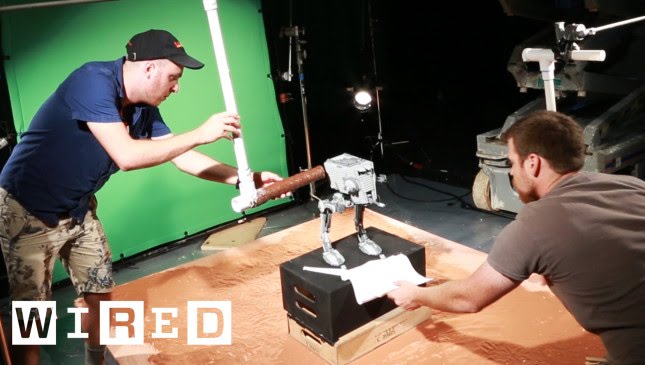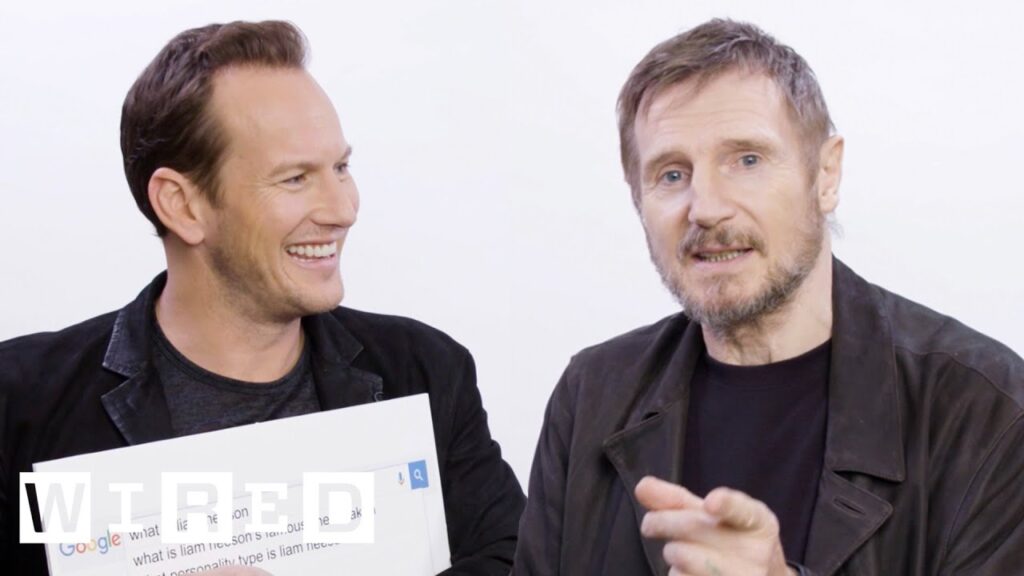Verbal and Nonverbal Indicators of Deception: A Holistic Approach
Summary
In this article, we discuss the various verbal and nonverbal indicators of deception, and highlight the importance of taking a holistic approach to deception detection. We also analyze President Clinton’s statement about not having sexual relations with Monica Lewinsky as an example of carefully chosen words to commit a lie of omission.
Table of Contents
- Verbal Indicators of Deception
- Nonverbal Indicators of Deception
- Nonlinguistic Verbal Indicators of Deception
- Analyzing President Clinton’s Statement
- Taking a Holistic Approach
Verbal Indicators of Deception
Verbal indicators of deception include the use of words such as “sort of,” “almost,” and “kind of,” which indicate a lack of confidence in what the speaker is saying. Deceptive individuals may also avoid answering questions directly, or provide vague or inconsistent answers.
Nonverbal Indicators of Deception
Nonverbal indicators of deception include changes in body movements and actions, such as fidgeting, leg shaking, and grooming gestures. Deceptive individuals may also avoid eye contact, or display fake smiles or forced expressions.
Nonlinguistic Verbal Indicators of Deception
Nonlinguistic verbal indicators include changes in the pace, volume, and pitch of speech. Deceptive individuals may speak more slowly or quickly than usual, or use a higher or lower pitch than usual.
Analyzing President Clinton’s Statement
President Clinton’s statement about not having sexual relations with Monica Lewinsky is a classic example of a carefully chosen lie of omission. While technically true, the statement was intended to distance Clinton from Lewinsky and deceive the public. Investigators should always drill down into the details of a confession to verify or refute its credibility.
Taking a Holistic Approach
Deception detection is not an exact science, and there is no universal indicator of deception. It involves taking a holistic approach and looking at various indicators, including verbal, nonverbal, and nonlinguistic communication. The goal of investigative interviews is to get accurate and reliable information. It is important to actively listen and observe behavior rather than just writing down answers during interrogations.
Conclusion
Deception detection is a complex process that involves analyzing verbal and nonverbal indicators of deception, and taking a holistic approach to behavior analysis. By understanding the various indicators of deception, investigators can ask more probing questions and find areas to drill down deeper, ultimately leading to more accurate and reliable information.







